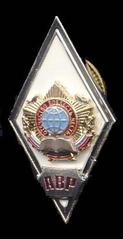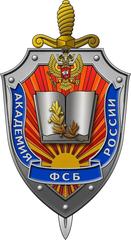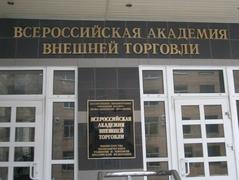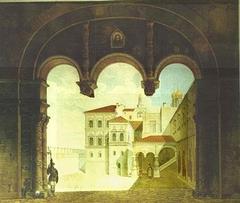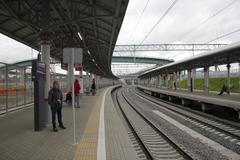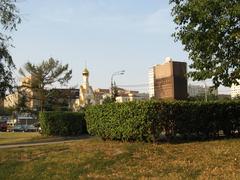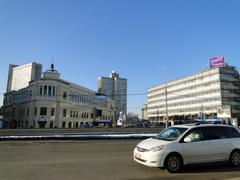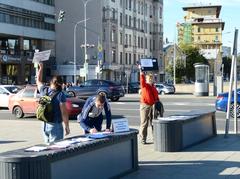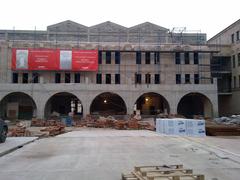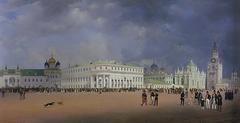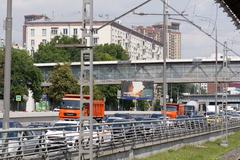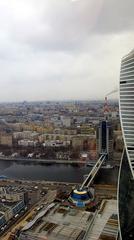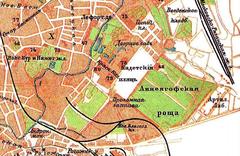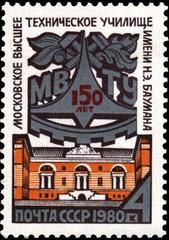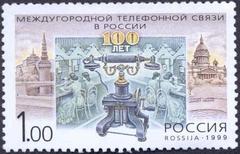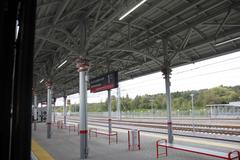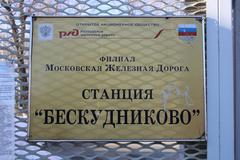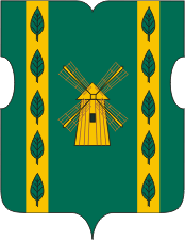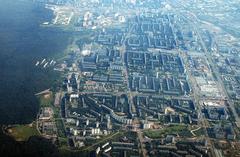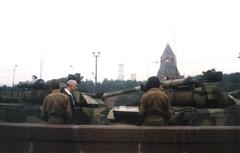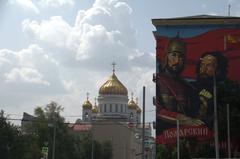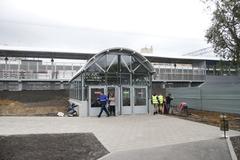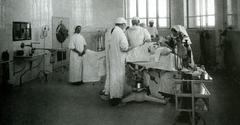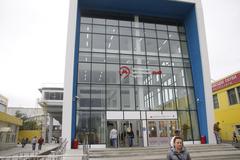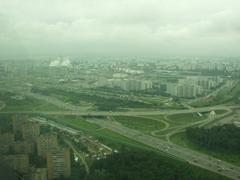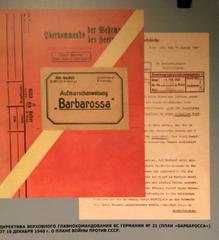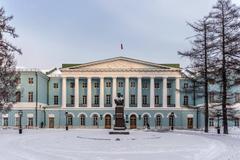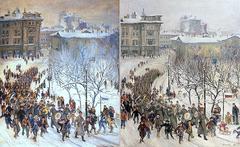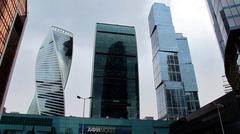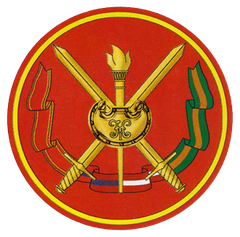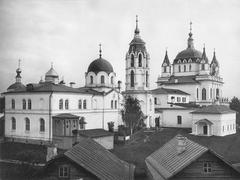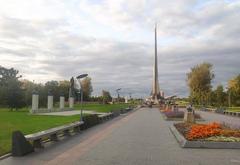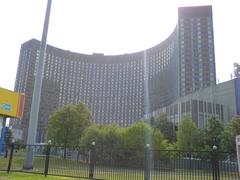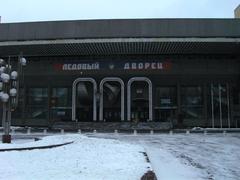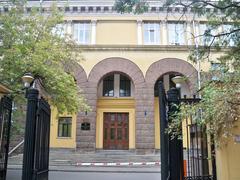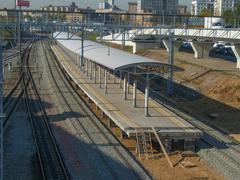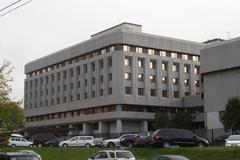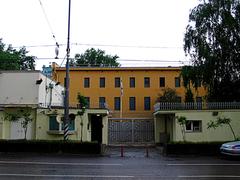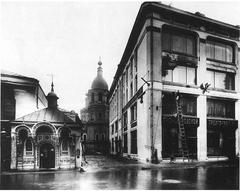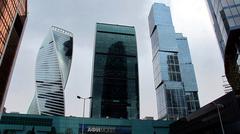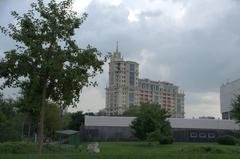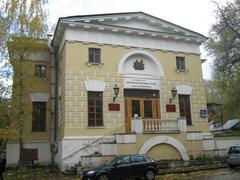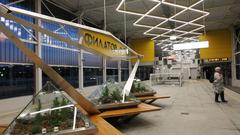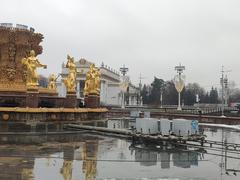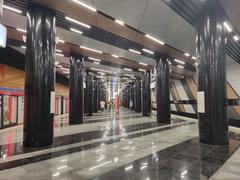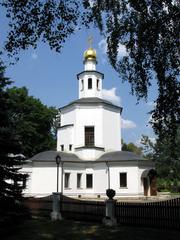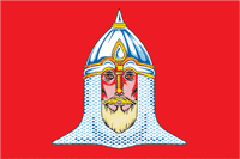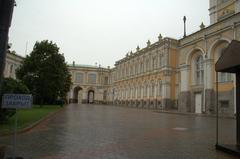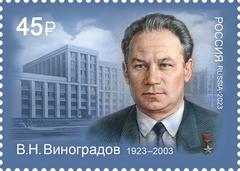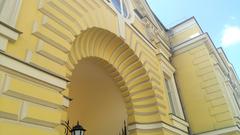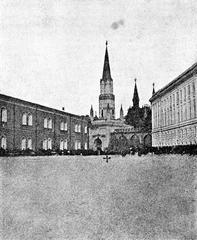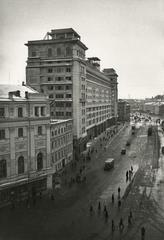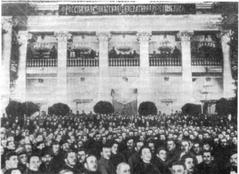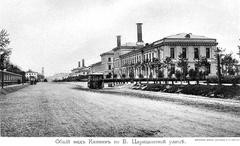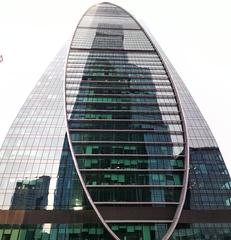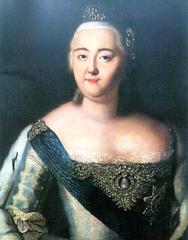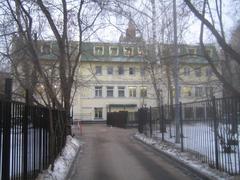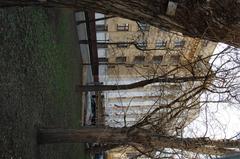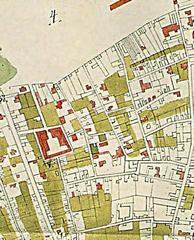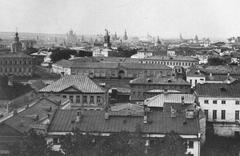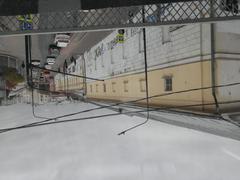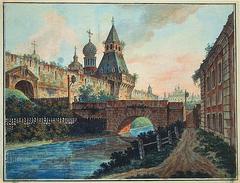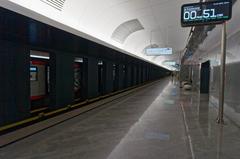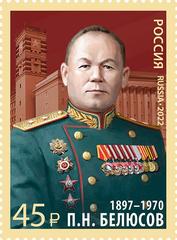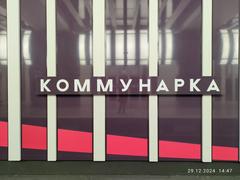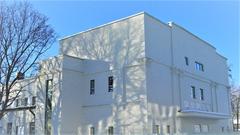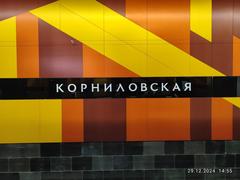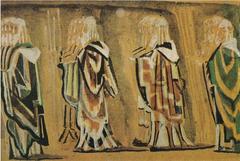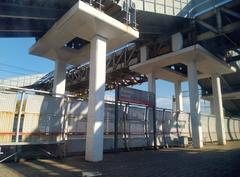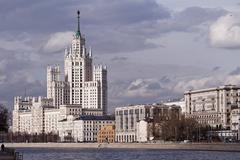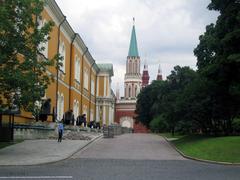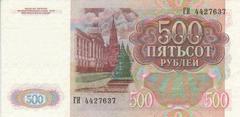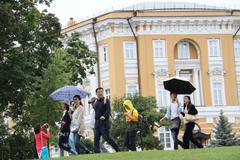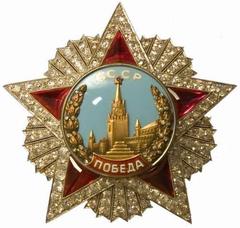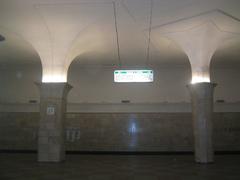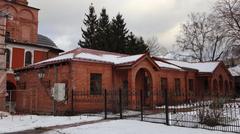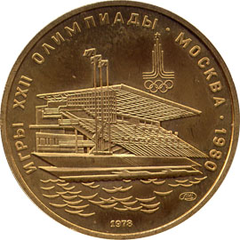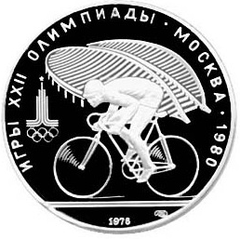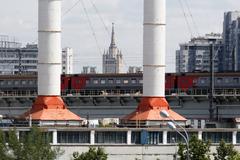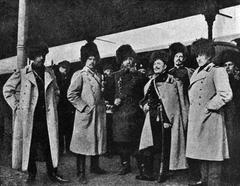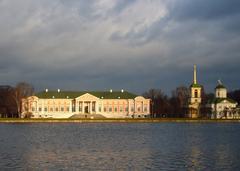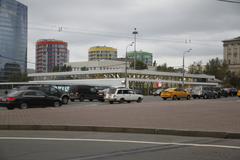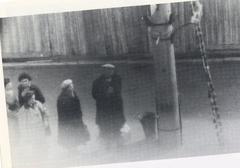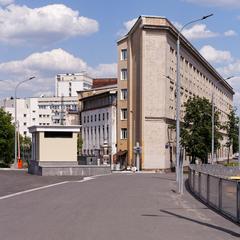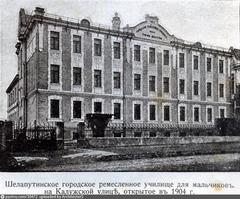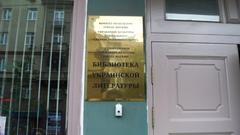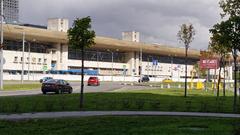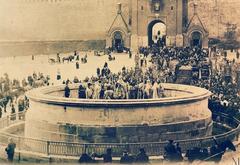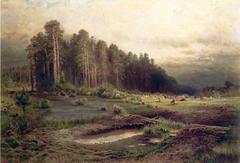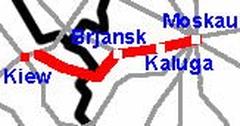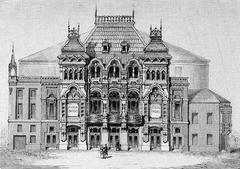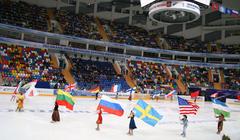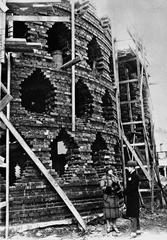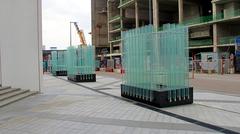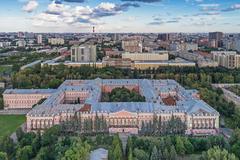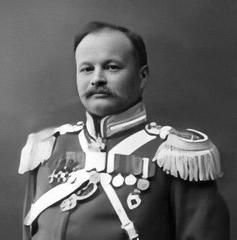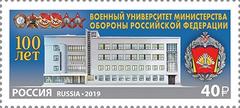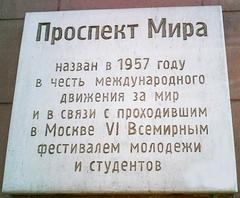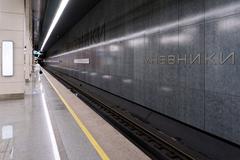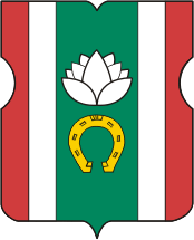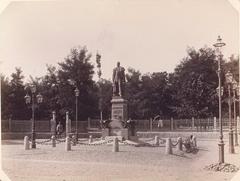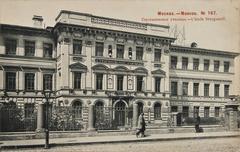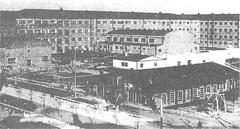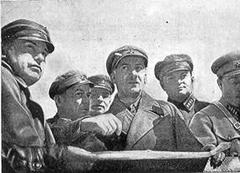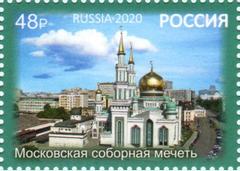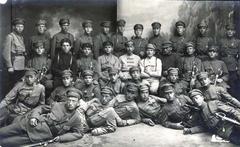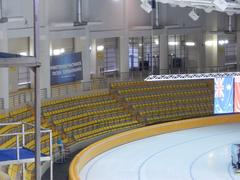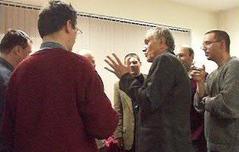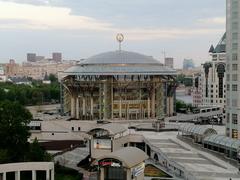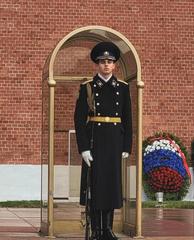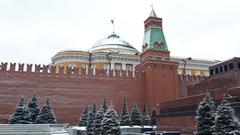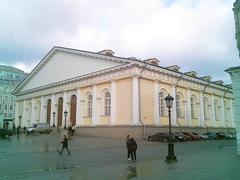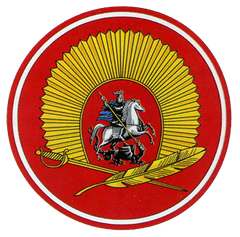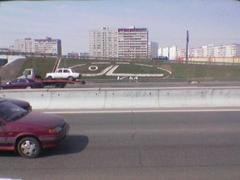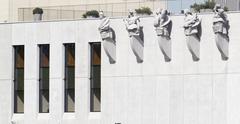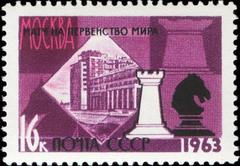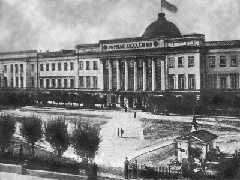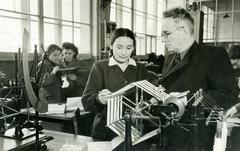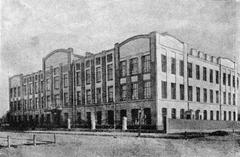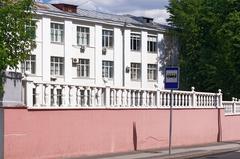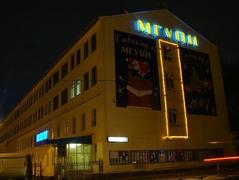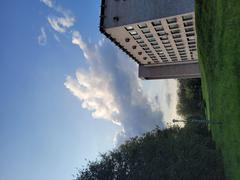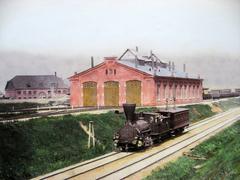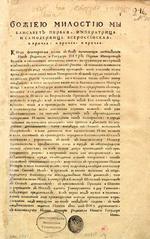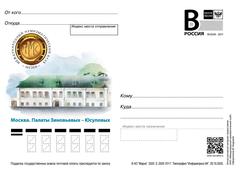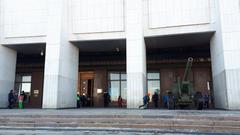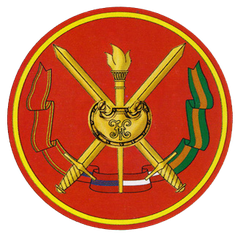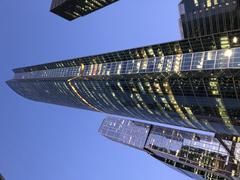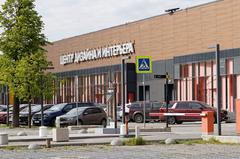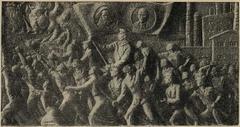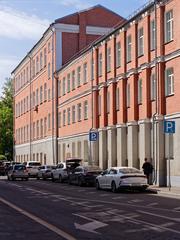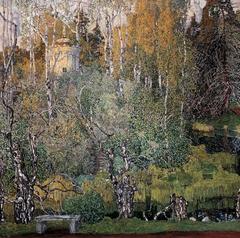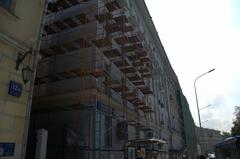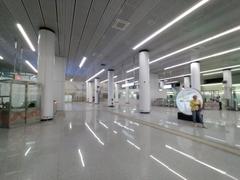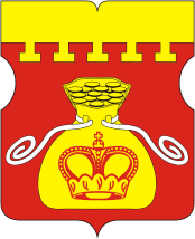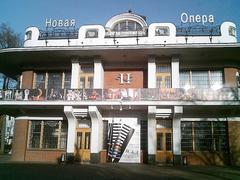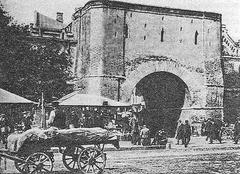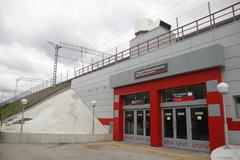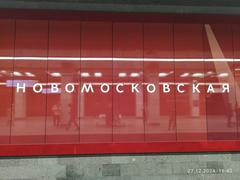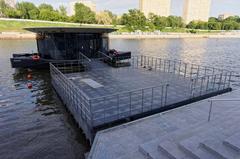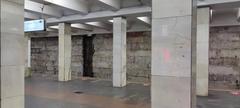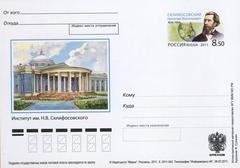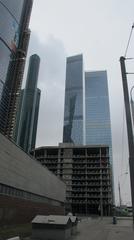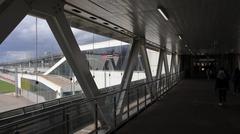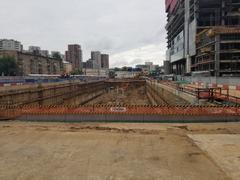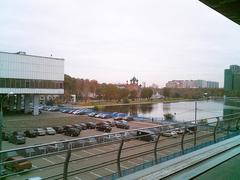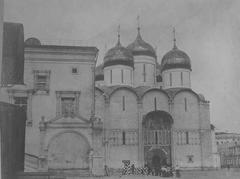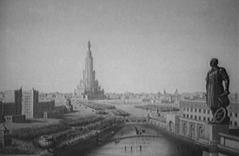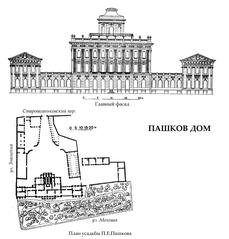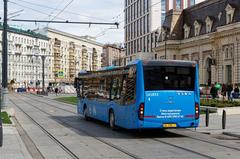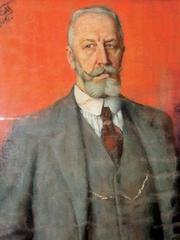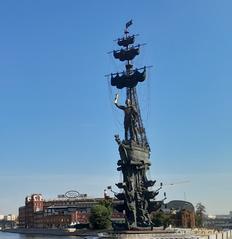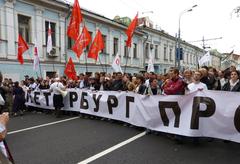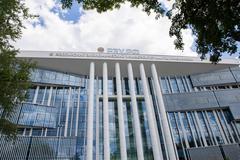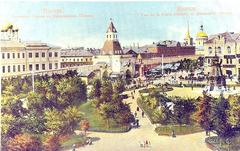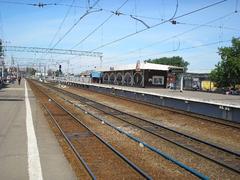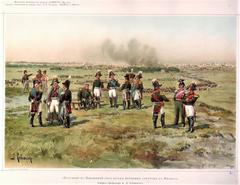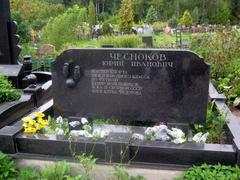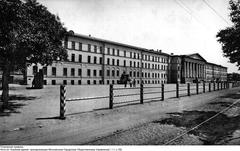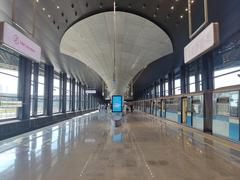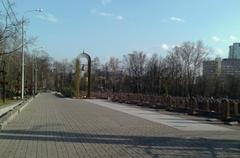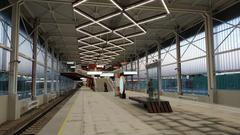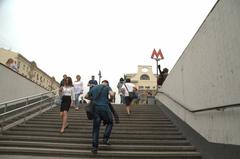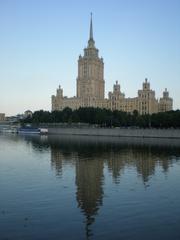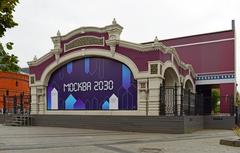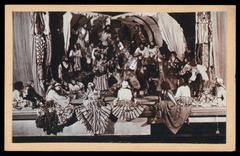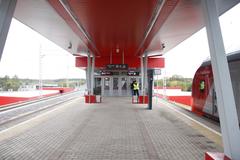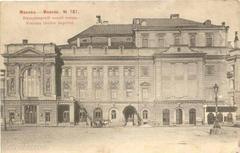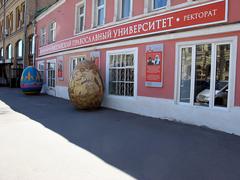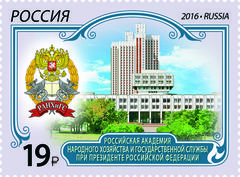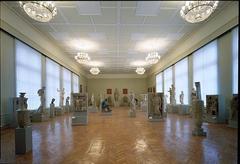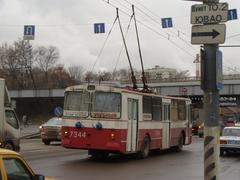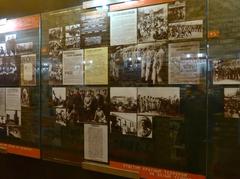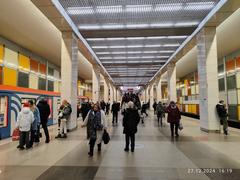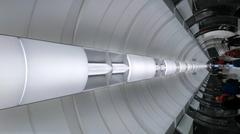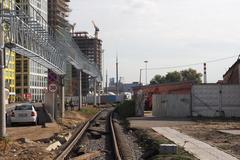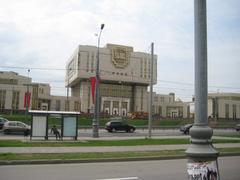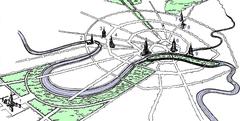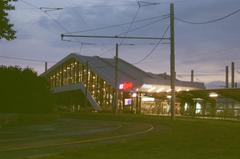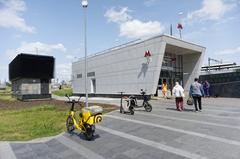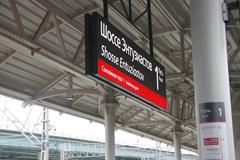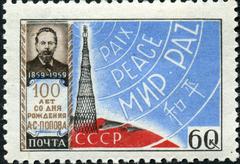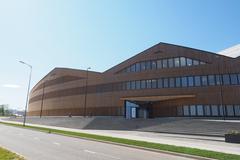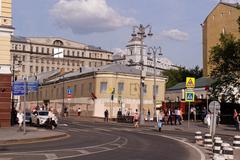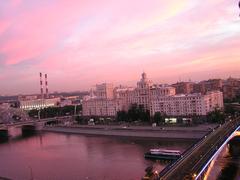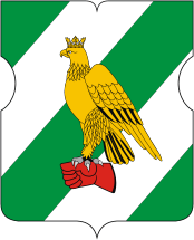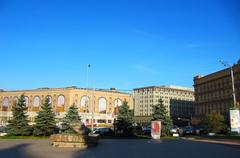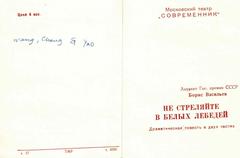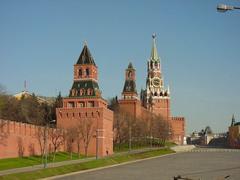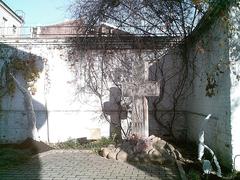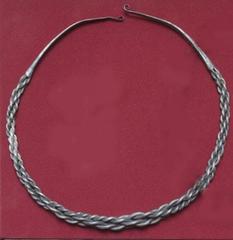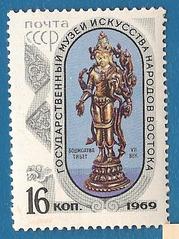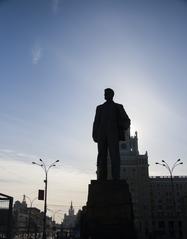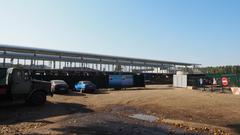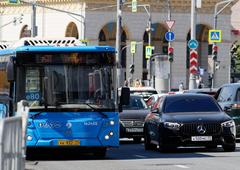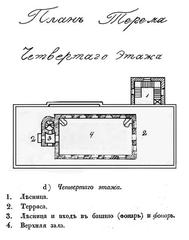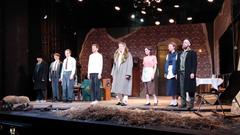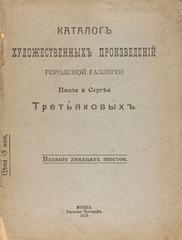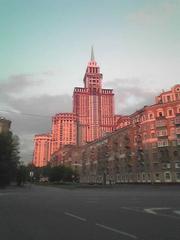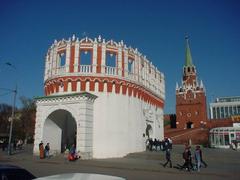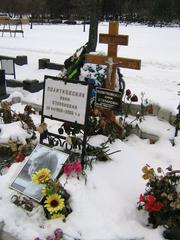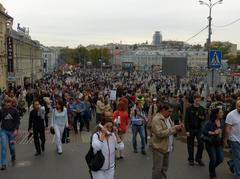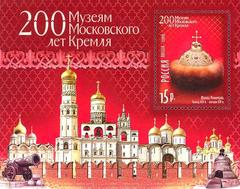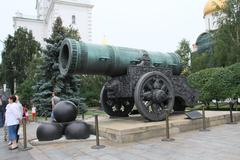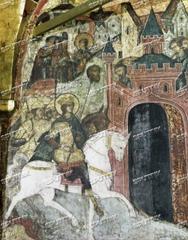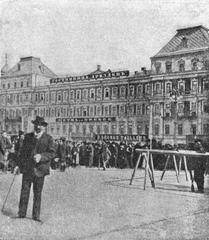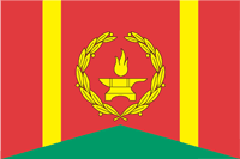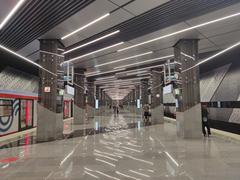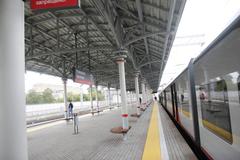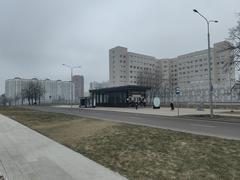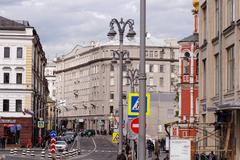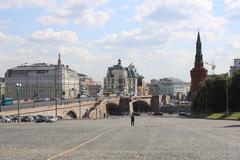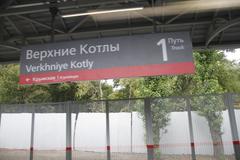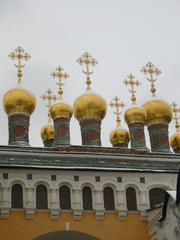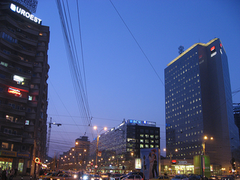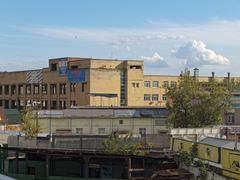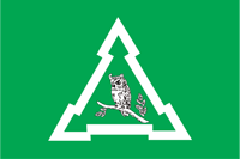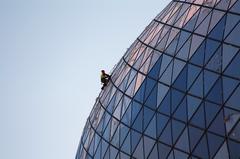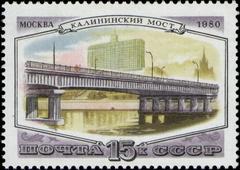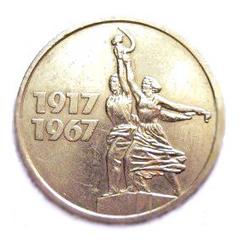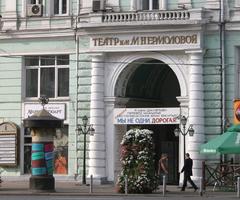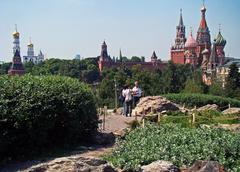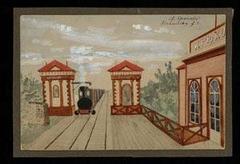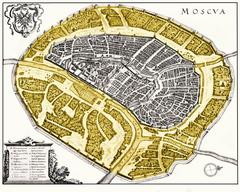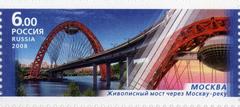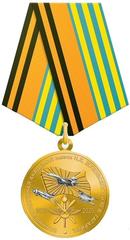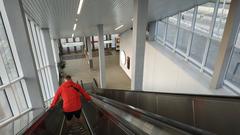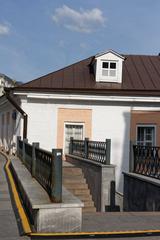Visiting Memorial Museum of Cosmonautics in Moscow: Hours, Tickets, and Tips
Date: 31/07/2024
Introduction
The Мемориальный музей космонавтики (Memorial Museum of Cosmonautics) in Moscow, Russia, offers a captivating journey through the history of space exploration. Situated at the base of the Monument to the Conquerors of Space, this museum stands as a testament to the Soviet Union’s monumental achievements in space science. Conceived by Sergei Korolev, the chief designer of space rocket systems, the idea for the museum was initiated by the Soviet government on September 28, 1967, and it officially opened its doors on April 10, 1981, marking the 20th anniversary of Yuri Gagarin’s historic flight (Wikipedia, Hisour).
This museum is not just an archive of space artifacts but also a vibrant center for education and cultural exchange, attracting approximately 300,000 visitors annually (Hisour). From iconic exhibits like the Sputnik-1 satellite to interactive features such as space simulators and a miniature version of the Mission Control Center, the Memorial Museum of Cosmonautics provides an immersive experience that brings the history of space exploration to life (Kosmo-museum, Visitrussia). This comprehensive guide will detail everything you need to know about visiting this significant cultural and historical site, including ticket information, visiting hours, and tips for making the most of your visit.
Table of Contents
- Introduction
- History of the Memorial Museum of Cosmonautics
- Renovation and Expansion
- Modern Exhibits and Interactive Features
- Visitor Information
- Cultural and Educational Significance
- Frequently Asked Questions (FAQ)
- Conclusion
History of the Memorial Museum of Cosmonautics
Origins and Establishment
The Memorial Museum of Cosmonautics, also known as the Memorial Museum of Astronautics or Memorial Museum of Space Exploration, is a significant cultural and historical institution in Moscow, Russia. The museum is located at the base of the Monument to the Conquerors of Space, a striking 110-meter tall titanium obelisk erected in 1964 to commemorate the launch of Sputnik, the world’s first artificial satellite (Wikipedia).
The idea for the museum was conceived by Sergei Korolev, the chief designer of space rocket systems, who envisioned a place to celebrate and document the Soviet Union’s achievements in space exploration. The Soviet government initiated the creation of the museum on September 28, 1967, and it officially opened its doors to the public on April 10, 1981. This date was chosen to mark the 20th anniversary of Yuri Gagarin’s historic flight, making him the first human to orbit the Earth (Hisour).
Monument to the Conquerors of Space
The Monument to the Conquerors of Space, which houses the museum, is an iconic structure designed by architects Mikhail Barshch and Andrey Kolchin, along with sculptor Andrey Faydish-Krandiyevsky. The monument’s design features a soaring titanium spire that symbolizes a rocket’s ascent into space, capturing the spirit of the space age and the technological advancements of the era. The monument’s stylobate, or base, is where the museum is situated, providing a fitting and dramatic entrance to the exhibits within (Visitrussia).
Initial Exhibits and Focus
When the museum first opened, it primarily focused on the Soviet space program, showcasing significant milestones such as the launch of Sputnik, Yuri Gagarin’s flight, and the achievements of rocket engineer Sergei Korolev. The initial exhibits included space suits, artificial satellites, space vehicles for lunar and planetary exploration, and other artifacts that highlighted the Soviet Union’s pioneering efforts in space exploration (Introducing Moscow).
Renovation and Expansion
In 2006, the museum underwent a major renovation to modernize its facilities and expand its exhibition space. The renovation lasted for three years, and the museum reopened on Cosmonautics Day, April 12, 2009. The updated museum tripled its original size, increasing the exhibition area to 8,500 square meters, with 4,000 square meters dedicated to the exhibits. The renovation also introduced new sections that covered international space programs, including those of the USA, Europe, China, and the International Space Station (ISS) (Wikipedia).
Modern Exhibits and Interactive Features
The modernized museum now features eight exhibition halls, a cinema hall, and a conference hall. The exhibits include full-scale models of space equipment, personal belongings of space industry figures, archival documents, photographs, numismatics, philately, and other memorabilia. Notable exhibits include the model of the first artificial Earth satellite, the space capsule used by Yuri Gagarin, and the moon rover Lunokhod (Visitrussia).
The museum also offers interactive exhibits such as space simulators, virtual simulators of the ISS, and a miniature version of the Mission Control Center, where visitors can watch the ISS in real-time and communicate with its crew. These interactive features provide an immersive experience, allowing visitors to engage with the history and technology of space exploration in a hands-on manner (Kosmo-museum).
Visitor Information
Tickets and Visiting Hours
The Memorial Museum of Cosmonautics is open daily, except for Mondays and the last Friday of each month. The visiting hours are from 10:00 AM to 7:00 PM on weekdays and from 10:00 AM to 9:00 PM on weekends and public holidays. Ticket prices vary, with discounts available for students, seniors, and children. For up-to-date ticket prices and to purchase tickets online, visit the museum’s official website (Kosmo-museum).
Travel Tips and Nearby Attractions
The museum is easily accessible via the VDNKh metro station. Nearby attractions include the VDNKh Exhibition Center, the Worker and Kolkhoz Woman statue, and the Moscow Botanical Garden. Plan your visit to explore these sites and make the most of your trip to this historical area of Moscow.
Cultural and Educational Significance
The Memorial Museum of Cosmonautics is not only a repository of space artifacts but also a center for education and cultural exchange. It hosts various events, including meetings with cosmonauts, popular science talk shows, and temporary exhibitions that explore different aspects of space exploration. The museum is a favorite destination for students and tourists alike, attracting approximately 300,000 visitors annually (Hisour).
The museum’s location near the VDNKh metro station and its connection to the sculpture-lined Cosmonauts Alley make it easily accessible to visitors. Cosmonauts Alley features busts of prominent figures in the Soviet space program, further enhancing the museum’s educational and commemorative atmosphere (Kosmo-museum).
Frequently Asked Questions (FAQ)
Q: What are the Memorial Museum of Cosmonautics’ visiting hours?
A: The museum is open from 10:00 AM to 7:00 PM on weekdays and from 10:00 AM to 9:00 PM on weekends and public holidays. It is closed on Mondays and the last Friday of each month.
Q: How much do tickets to the Memorial Museum of Cosmonautics cost?
A: Ticket prices vary, with discounts available for students, seniors, and children. For the most current pricing and to purchase tickets online, please visit the museum’s official website.
Q: What are some nearby attractions to the Memorial Museum of Cosmonautics?
A: Nearby attractions include the VDNKh Exhibition Center, the Worker and Kolkhoz Woman statue, and the Moscow Botanical Garden.
Q: Are there interactive exhibits at the Memorial Museum of Cosmonautics?
A: Yes, the museum offers interactive exhibits such as space simulators, virtual simulators of the ISS, and a miniature version of the Mission Control Center.
Conclusion
The Memorial Museum of Cosmonautics stands as a testament to the Soviet Union’s achievements in space exploration and continues to inspire future generations. Its rich history, extensive exhibits, and interactive features make it a must-visit destination for anyone interested in the history of space exploration. For more updates and to stay connected, download the museum’s mobile app Audiala or follow them on social media (Artsandculture).
